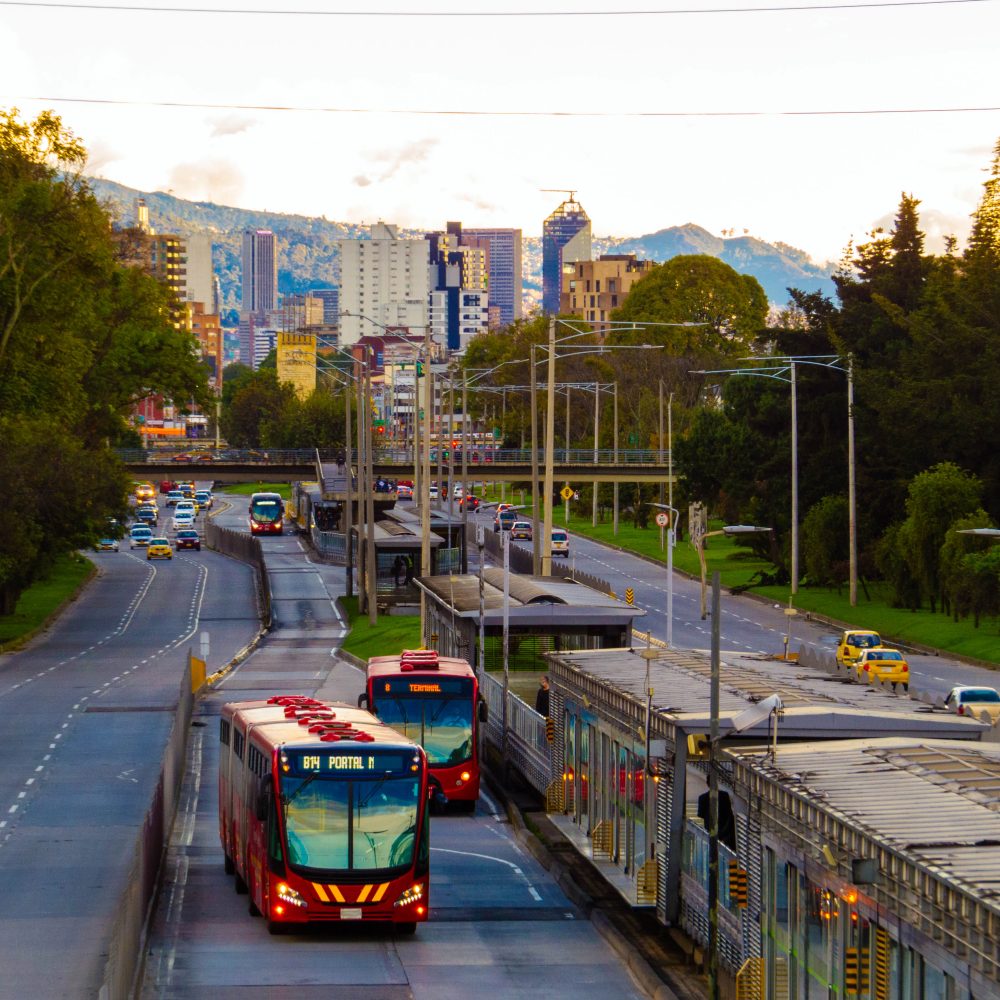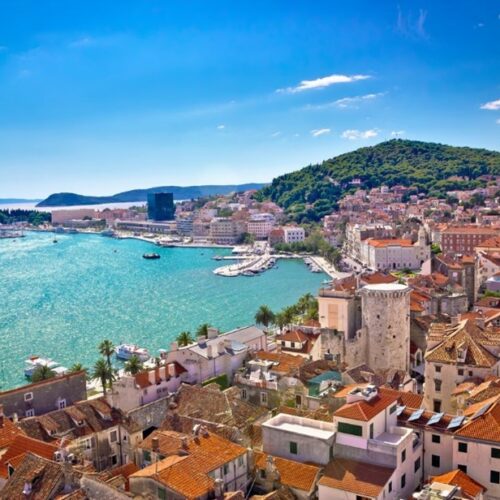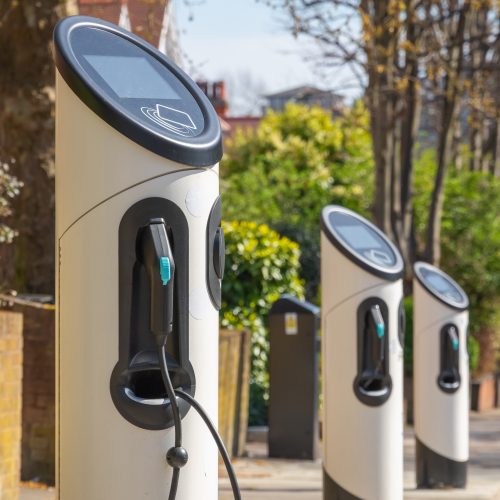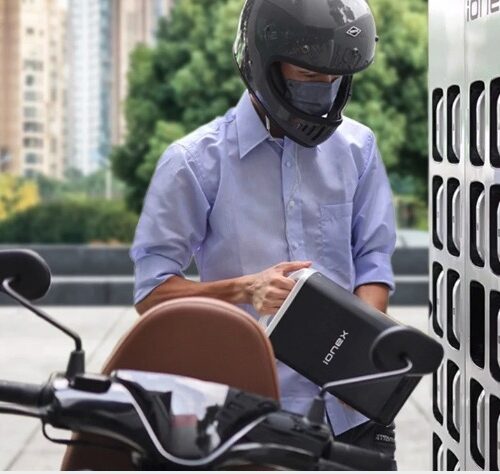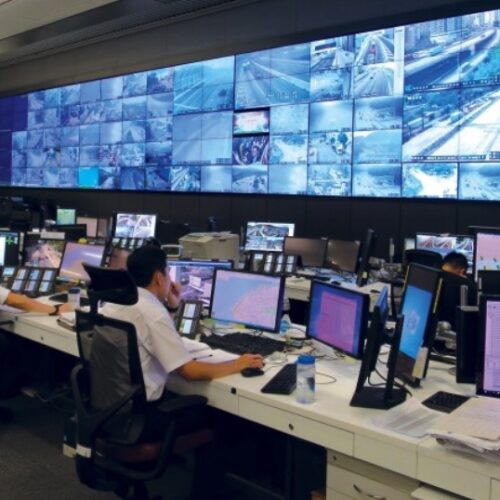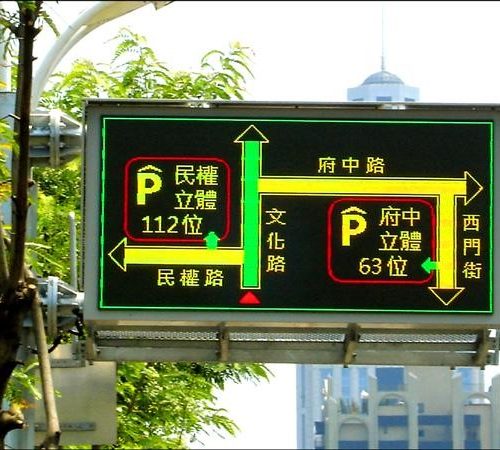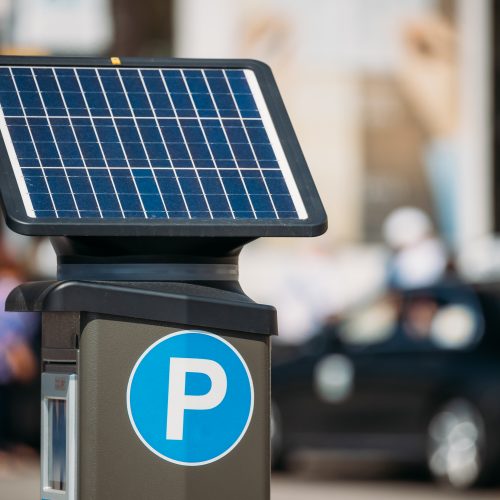Context and policy overview
Bogotá’s population has been steadily increasing for several decades, going from 630,000 in 1950 to 11.2 million in 2021.[1]
By the 1990s the transit system could no longer cope with the high number of users and as a result, the services it offered were under-used and deemed dangerous.[2]
This particularly impacted low- and middle-income urban and suburban residents who were unable to use private transport to move around the city or to the centres of economic activity. For them, private operators managed a parallel transport system consisting of a fleet of 15,000 buses owned by 66 distinct companies.[3] Taxis abounded, and 95 per cent of the road space was used by private vehicles, making up 19 per cent of all motorised trips.[4]
Furthermore, Bogotá did not have a metro line due to its mountainous topography and, while plans to build one had been introduced several times since the 1960s, the project was never implemented because of political and financial setbacks.[5] Because of this, Bogotá became increasingly polluted and congested.
In this context, the former mayor of Bogotá, Enrique Peñalosa, established a mass transit system called the TransMilenio, consisting of both Bus Rapid Transit (BRT) corridors and feeder services.[6] The proposal had numerous environmental and social goals, including reducing the city’s cumulative carbon dioxide emissions and urban pollution, increasing access to public transport services for the urban poor, and setting the foundations for a comprehensive and cohesive urban transport system that works for all.
Implementation
In 1999 TransMilenio SA was founded to oversee the newly launched project.[7] The BRT corridors entailed bus-only lanes, coupled with advanced collection systems, centralised control systems and prepaid stations.[8] The local roads, however, were integrated at the terminal stations via the feeder services.[9] Through these, TransMilenio SA sought to provide low- and middle-income residents with an affordable and reliable means of transport across the city, particularly connecting the peripheries to the centres of economic activity.
The City of Bogotá set up a public-private partnership with various stakeholders, including public agencies and private bus operators. Through the Instituto de Desarrollo Urbano, the Urban Development Institute, the City oversaw the land acquisition, which entailed converting older bus routes and car lanes, as well as their maintenance and the construction of new ones. Bus operators served as a private partner to TransMilenio SA and were selected on a competitive basis to handle bus maintenance and operation.[10]
The original TransMilenio plan that was approved by the National Council of Economic and Social Affairs was slated to be fully implemented by 2015, but this has been pushed to 2024.[11]
The plan foresaw a total public expenditure of US$1.97 billion for the 388 km of bus-only corridors, the equivalent of US$ 5.07 million per km.[12] Almost half of the public sector expenditure on the project came from fuel taxes (46 per cent), while the rest came from a combination of local revenues from a capital reduction of the partially privatised power company (28 per cent), credit from the World Bank (6 per cent) and support from the national government (20 per cent).[13] Tariffs collected in the TransMilenio system only cover operational costs, while the publically financed component is not repaid.
TransMilenio SA worked in tandem with the City of Bogotá to create a Manual of Social Management, which included guidelines on how to engage with stakeholders through awareness campaigns and other educational initiatives to foster inclusivity.[14]
These efforts focused on key populations identified as vulnerable and under-served, including people with disabilities, women, homeless people and informal vendors. The campaigns featured topics such as the importance of Braille and advice for interacting with people with disabilities, while the educational initiative included staff training on gender equity, anti-discrimination and workshops for operators on social inclusivity.
Throughout the project’s implementation, social aspects were considered. TransMilenio SA launched awareness campaigns to reduce gender-based violence, increased the number of security guards and security cameras, and provided additional training to its staff to cater to the needs of women.[15] In addition, a tiered fare structure offered lower prices to the elderly, people with disabilities, and residents of low-income neighbourhoods.[16] Lastly, to improve the experience of vulnerable people, TransMilenio SA held consultations with people experiencing homelessness to understand how to better interact with that demographic.[17]
The project initially consisted of four phases, over the course of which the BRT network would gradually be expanded. During phase 1, the first 42 km of the transport system were put in place, followed by another 71 km added during phase 2, which was completed in 2015.
Barriers and critical success factors
Among the barriers to TransMilenio’s effective implementation were frequent changes in administration and the politicisation of the project.[18]
In Bogotá, mayoral terms are limited to three consecutive years. Mr. Peñalosa served as mayor between 1998 and 2001, and again from 2016 to 2020. In the years between his two mayorships, four different administrations presided over the mayor’s office and each took different approaches to push the TransMilenio project forward.[19] One of the mayors, Mr. Samuel Moreno, committed to expanding TransMilenio but was then sentenced to jail for accepting bribes by builders.[20] His successor, Mr. Gustavo Petro, reduced fares by 20 per cent, leading to a loss of revenues of US$ 180 million over three years.
These scandals and instances of mismanagement led to delays and further tarnished TransMilenio’s reputation. Furthermore, Mr. Peñalosa loomed large as an influential figure in the political circles of Bogotá and the TransMilenio project had been inextricably linked to him and was therefore opposed by his successors and political rivals.[21]
Another difficulty was that the transit system initially struggled to effectively embed and operationalise the inclusion principles that it sought to champion. While the project’s initial goals included increasing the urban poor’s access to transport, TransMilenio’s implementation did not accurately estimate the financial obstacles preventing the urban poor from accessing the transport system. With the exception of Mr. Petro, all mayors increased the fares yearly to help cover the large operational deficit. More bus stops may have been technically available but the fares remained too high for the urban poor to benefit.
The issue of fare affordability was compounded by the fact that, in semi-annual surveys conducted by the Chamber of Commerce of Bogotá, people’s reported levels of safety and satisfaction with the system were low.[22] Women reported feeling particularly unsafe when using the transport system.[23] Meanwhile, public satisfaction with the TransMilenio more broadly dropped due to over-crowded buses, an unreliable service and rising fares.[24]
Despite these barriers, some of which were subsequently addressed, it is important to note the critical success factors, including buy-in from the population who, at the time of TransMilenio’s launch in 1999, was overwhelmingly in favour of it.[25] In addition, inter-agency cooperation established early on played a key role in moving the project forward.
Results and lessons learned
Despite the ongoing challenges that TransMilenio faces, the new mass transit system have helped to improve both the mobility infrastructure and pollution indicators in Bogotá. In 2016 TransMilenio had 12 lines covering 112 km and 1,500 buses.[26] A report estimates that on average, 1.5 million passenger journeys happen through the TransMilenio system every day.[27] This figure makes it the first BRT system to reach operational productivity comparable to that of a metro system.[28]
Also, the TransMilenio system is associated with improvements in urban pollution indicators as sulphur dioxide, nitrogen dioxide and particulate matter in the air dropped by 43 per cent, 18 per cent and 12 per cent respectively.[29]
TransMilenio has also affected other indicators of urban well-being, such as employment and crime rates. A report from VoxDev concluded that TransMilenio had a positive impact on Commuter Market Access, a measure of access to well-paid jobs, as people residing on the outskirts of the city could access centrally located jobs with more ease.[30] This affected those on low incomes in particular and increased the degree of connectivity for previously underserved areas, as demonstrated in Annex 1.
A study indicates that the TransMilenio system created between 1,900 and 2,900 permanent jobs in operations, in addition to 1,400 to 1,800 jobs in construction during phases 1 and 2 of its implementation.[31] Although the job creation effect seems negligible considering the size of the city, the study further adds that the job gains remain positive even considering the job losses in the private transport sector.[32] Lastly, TransMilenio is linked to a decrease in traffic collisions and pedestrian accidents of 94 per cent along the main corridors due to reduced congestion.[33]
To date, TransMilenio has received mixed reviews of its ability to connect the urban poor and those living on the outskirts to the urban centre and the rest of the public transit system as a whole. A study from 2017 found that middle-class citizens were the most frequent users because the fluctuating quality of services discouraged high-income citizens, whereas the high fares would affect those earning the least.[34] For example, in 2020 the main TransMilenio line that runs through the city centre on average carried 45,000 people per hour, while it was only designed to handle 15,000, generating delays and making the system unreliable and overcrowded.[35]
Furthermore, TransMilenio SA had pledged to reduce distances between citizens and the nearest public transit access point, but it did not take into account the affordability of its system, thus jeopardising the inclusivity of the system as a whole.
Outside of the TransMilenio system, the City of Bogotá is experimenting with other innovative policies to promote inclusion and sustainability in its transit system. This includes the Ciclovia, Bogotá’s mass cycling event during which cars are banned on certain streets on Mondays, or by pledging to add 280 km of bike lanes to its already-existing 550 km network.[36]
Many useful lessons can be drawn from Bogotá’s experience with TransMilenio.
- To ensure that all citizens have equal access to the transport system, affordability needs to be embedded into the system’s financial structure.
- Inclusive transit policies should identify and address the needs of the specific demographics identified as vulnerable or under-served in their jurisdiction through awareness campaigns, educational activities or changes to the system’s physical infrastructure.
- Fuel taxes can be used as a tool to both increases the use of public transport and decrease the number of private vehicles on the roads.
- Cities should strive to decouple long-term projects from political personalities to avoid politicisation and ensure continued political will to support the project across different administrations.








